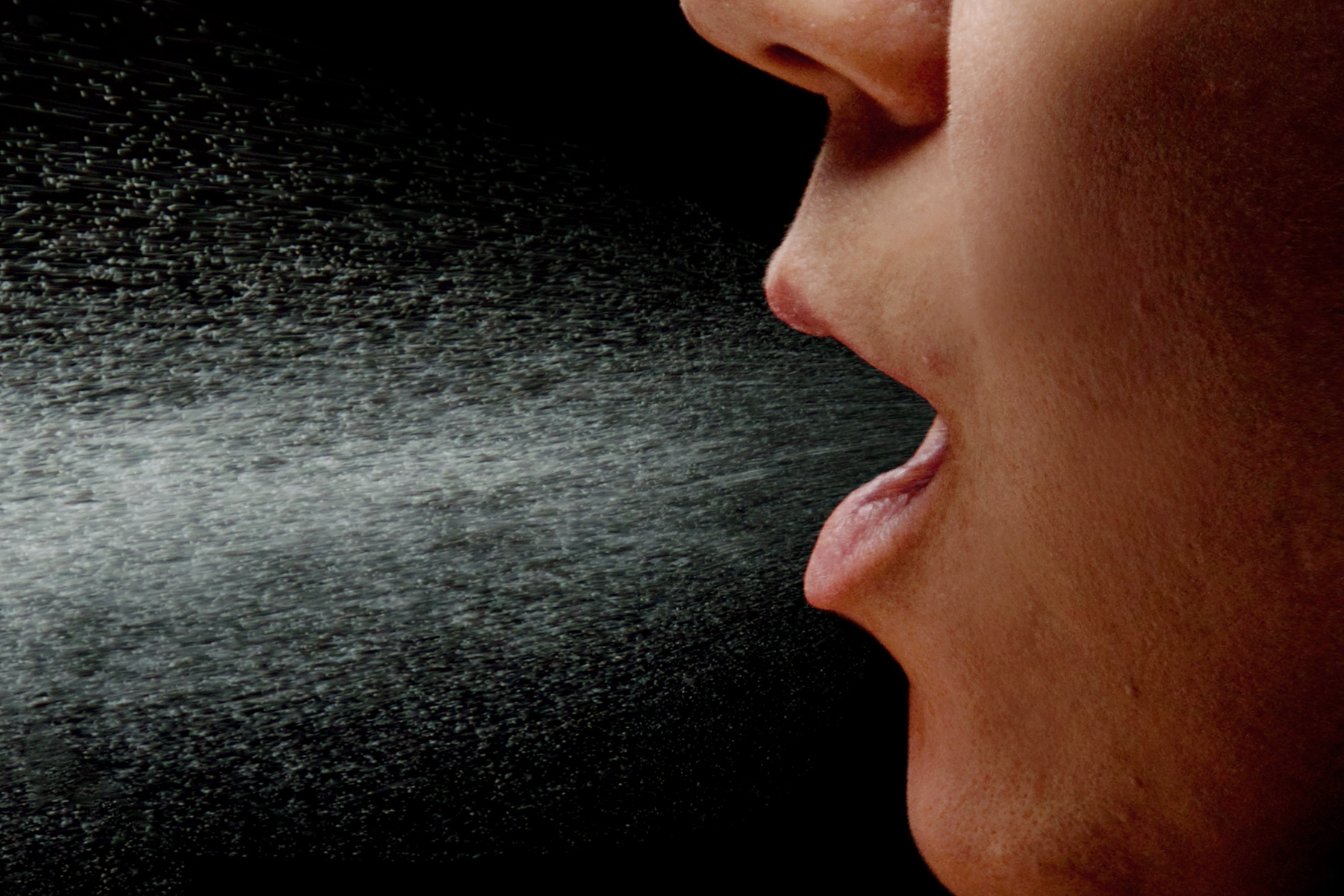COVID & Social Distancing: Is 6 Feet Enough?

Aug. 27, 2020 — Just when we have gotten used to social distancing 6 feet from each other to slow the spread of COVID-19, scientists from Oxford University and the Massachusetts Institute of Technology suggest that it may not always be enough.
In a new study, researchers found that the virus can travel on respiratory droplets up 26 feet in just a few seconds after someone cough, sneezes, or sings.
The 6-foot guidance is based on an oversimplified scenario that looks at how the virus is transferred by either large or small airborne droplets without accounting for other factors. Transmission of the virus is more complex. It involves a range of droplet sizes and the activity that propelled the virus through the air. The research team evaluated published studies looking at how far respiratory droplets from the coronavirus that causes COVID-19, as well as from other viruses, can spread in different circumstances.
Based on those findings, they suggest a better model for social distancing guidance is needed. The guidelines should consider the setting, how crowded it is, how long someone is there, and whether people are wearing face coverings. Using that guide, a poorly ventilated, crowded environment where people are shouting and singing and not wearing face coverings would be high-risk. And an outdoor, well-ventilated, less crowded environment, where people are quiet and wearing face coverings, would be lower-risk.
Taking these factors into account to adjust social distancing guidelines would mean greater protection in high-risk settings, but also greater freedom in lower-risk settings — and perhaps a return toward “normal,” at least in some situations.
Their bottom line: the best social distancing depends on the many things that combine to determine risk of virus transmission.
“It’s understandable to want to have a quick-and-easy rule of thumb for ‘how close is too close,’ but the biology is much more complicated than that,” says Kristin Bratton Nelson, PhD, an assistant professor of epidemiology at the Emory University Rollins School of Public Health in Atlanta. She has researched superspreading of COVID-19 in Georgia.
She agrees with the researchers that the recommendations must reflect that nuance and provide clear guidance about activities that are highest-risk.
“I’ve seen in recent weeks that there are still policies in place closing outdoor spaces, like parks, beaches, and playgrounds, in the name of reducing transmission. I think this is really misguided, and perhaps even counterproductive, if they push interactions indoors.”
Len Horovitz, MD, a pulmonary specialist at Lenox Hill Hospital in New York City, says you have to think about the risk of COVID transmission more like smoking. “When you exhale cigarette smoke, you can see it goes farther than 6 feet.”
Transmission risk of COVID-19 depends very much on circumstances, says Horovitz, who was not involved in the study. “Indoor is much more risky than outdoor.” Particle size matters, he says. “If it’s smaller, it can travel faster.” Risk, he says, “depends on your activity, the motion of the air in the room, humidity and how long you are actually in the room.” The viral load – or level of virus within a person’s airways — also varies from person to person, he says.
He encourages people to consider all these things when deciding on the amount of social distancing. “If you are wearing a mask, not shouting, not sick, keep your mask on, and there is some indoor ventilation, 6 feet is probably enough.”
Bratton Nelson agrees that there is a range of risk of transmission.
It’s important to keep this in mind not only when thinking about physically how far you need to be from others, but also when thinking about which activities are safe.
“There is not a ‘safe’ and ‘not safe,’ ” she says, but by establishing which activities and environments are safest, people can try to focus on those.